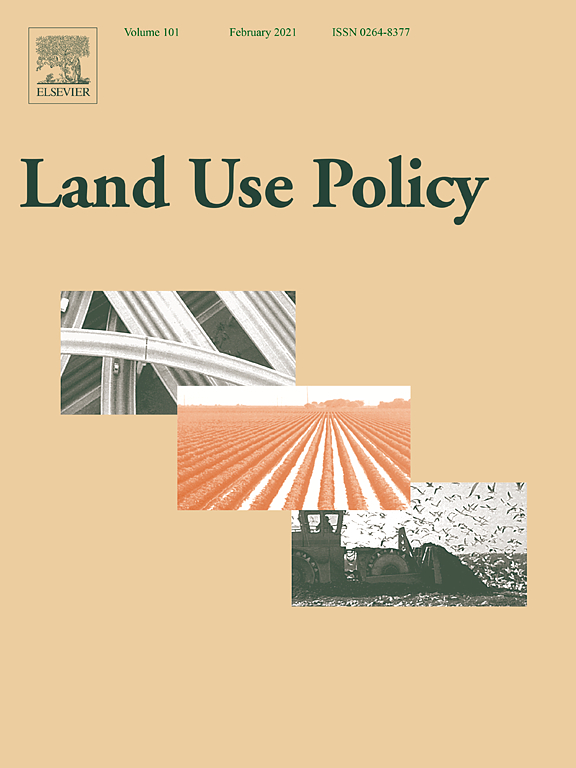Outsourcing governance in Peru’s integrated water resources management
Participatory water governance has become highly influential around the world as a means for managing water resources. Scholars and practitioners advocate for the inclusion of previously marginalized communities in water resources management through the devolution of power, responsibility, and participation. Where community institutions are weak or missing, experts recommend strengthening or re-building them to enable inclusive decision-making over water resources.



